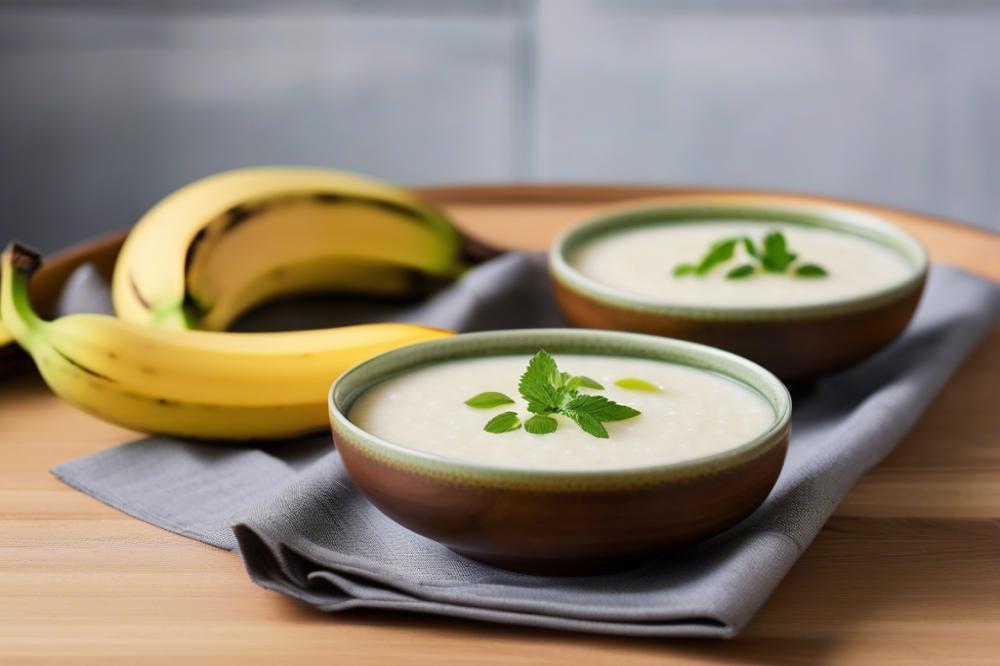dessert-che-thach-recipe”>Chè Chuối: A Classic Vietnamese dessert
Chè Chuối is a beloved treat in Vietnam, often enjoyed as a comforting dessert after meals. This traditional Vietnamese banana tapioca pudding has a soothing quality that warms the heart. Many people cherish it for its sweet, rich flavors and creamy texture. Each bite transports you to a world filled with memories and joyful gatherings.
Key ingredients contribute to the charm of this dish. Ripe bananas serve as the star element, providing natural sweetness. tapioca pearls add a delightful chewiness, making the pudding extra enjoyable. Finally, creamy coconut milk envelops the ingredients, giving the dish a smooth and luscious finish. Together, these components create a harmony that is truly satisfying.
Serving this easy dessert allows for creativity. Families often have their own recipes passed down through generations. Adjustments can be made according to personal taste, such as adding different toppings or sweeteners. Regardless of the variations, the essence of this Asian dessert remains the same—delight and comfort in each bowl. Chè Chuối brings people together, making it a staple at family gatherings and celebrations. Cooking it at home is not just about following a recipe; it is about sharing love and tradition through food.
What is Chè Chuối?
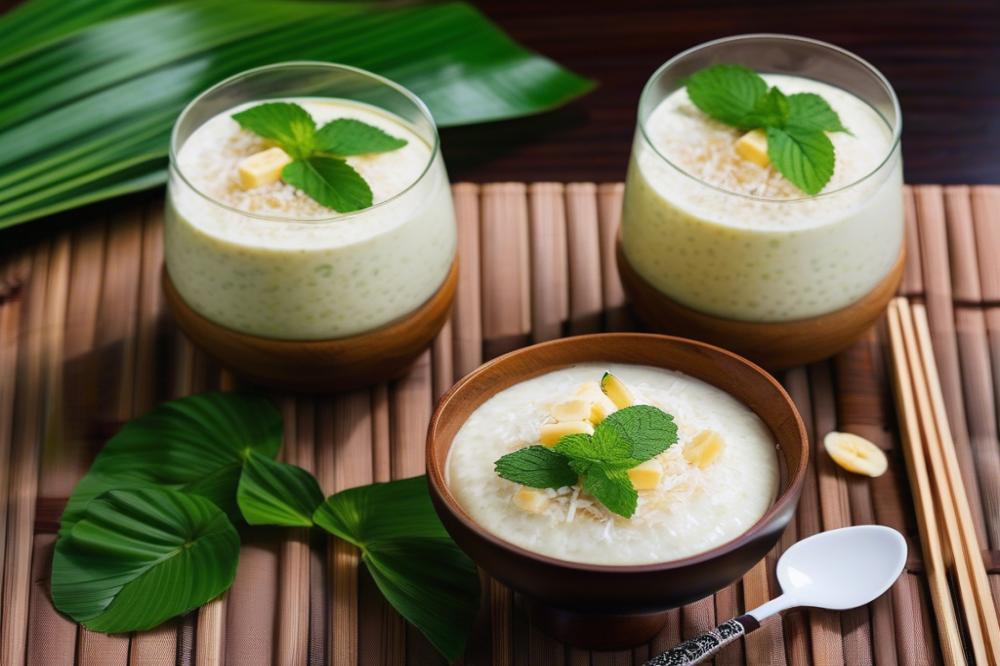
Chè Chuối is a traditional Vietnamese dessert that many people love. This dish combines the natural sweetness of ripe bananas with the chewy texture of tapioca pearls. Coconut milk is often used, adding a rich creaminess that makes it even more delicious. The contrast between the soft fruit and the slightly chewy tapioca creates a delightful experience for the taste buds.
In Vietnamese cuisine, this pudding holds a special place. It is typically enjoyed as a comforting snack or a sweet treat after a meal. Many families serve it at gatherings or during celebrations, often sharing recipes passed down through generations. Its simple ingredients make it an easy dessert that can be quickly prepared for family or friends.
Texture plays a big role in the overall enjoyment of this dessert. The bananas become soft and creamy, while the tapioca adds a fun chewy element. When mixed with coconut milk, the flavors meld together beautifully, creating a harmonious taste. This combination gives it a distinct experience compared to other Asian desserts.
Across different regions of Vietnam, variations in preparation exist. Some recipes might include ingredients like pandan leaves for extra fragrance. Others might add different types of sweeteners or even nuts for extra crunch. Depending on where it’s made, you might find slight differences in the thickness of the coconut milk or the type of bananas used.
Chè Chuối has gained popularity well beyond its origins. Many find comfort in its familiar taste and texture. People of all ages enjoy this sweet pudding. Whether it is a warm day or a cool evening, it remains a beloved choice for those looking to indulge in a comforting, flavorful treat.
Ingredients and Instructions
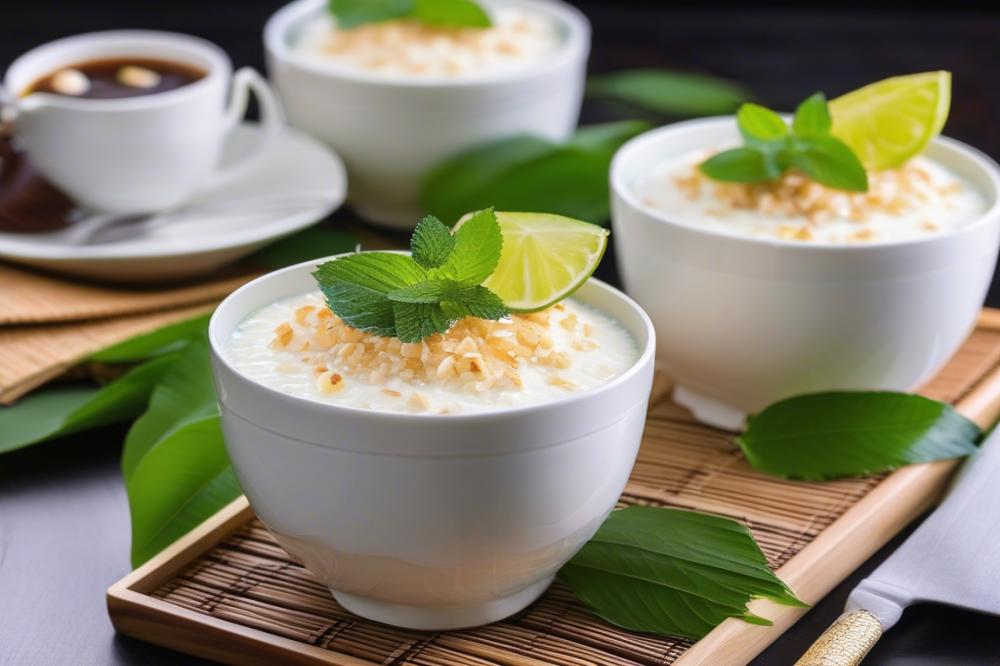
List of Ingredients with Quantities
- 2 ripe bananas, sliced
- 1 cup tapioca pearls
- 4 cups coconut milk
- 1/2 cup sugar (adjust to taste)
- 1/4 teaspoon salt
- 1/2 teaspoon vanilla extract (optional)
- Water for boiling tapioca
Cooking Instructions
Start by soaking the tapioca pearls in water for about 30 minutes. This step helps them soften up and cook more evenly. After soaking, drain the tapioca and prepare a pot of water. Bring this water to a rolling boil.
Add the tapioca pearls to the boiling water. Stir them gently to prevent clumping. Cook for about 15 minutes or until they become translucent. After cooking, drain and rinse under cold water. Set them aside to cool.
In a separate saucepan, combine the coconut milk, sugar, and salt. Heat the mixture over medium heat. Stir often until the sugar dissolves completely. If desired, add vanilla extract for extra flavor at this stage.
Once the coconut milk mixture is warm, gently fold in the sliced bananas and cooked tapioca pearls. Allow everything to heat together for a few minutes. This helps the flavors blend harmoniously. Taste and adjust sweetness if necessary.
Chè Chuối can be served warm or chilled. For warm servings, ladle the pudding into bowls straight from the pot. If you prefer a refreshing dessert, let it cool down and then refrigerate for a couple of hours before serving.
Nutritional Information
Here’s a breakdown of the nutritional aspects of each ingredient:
- Bananas: About 210 calories, 30g sugar, 6g fiber, 0.6g fat.
- Tapioca Pearls: Roughly 300 calories, 0g sugar, 0g fiber, 0g fat.
- Coconut Milk: Approximately 600 calories, 6g sugar, 0g fiber, 65g fat.
- Sugar: 200 calories, 50g sugar, 0g fiber, 0g fat.
- Salt: Negligible calories, no sugar, no fiber, no fat.
- Vanilla Extract: Around 12 calories, 0g sugar, 0g fiber, 0g fat.
This comforting pudding is a delightful mix of flavors. Bananas are rich in potassium and vitamins. Coconut milk offers healthy fats. Enjoying this dessert in moderation can provide health benefits while satisfying your sweet cravings.
Cultural Significance of Chè Chuối
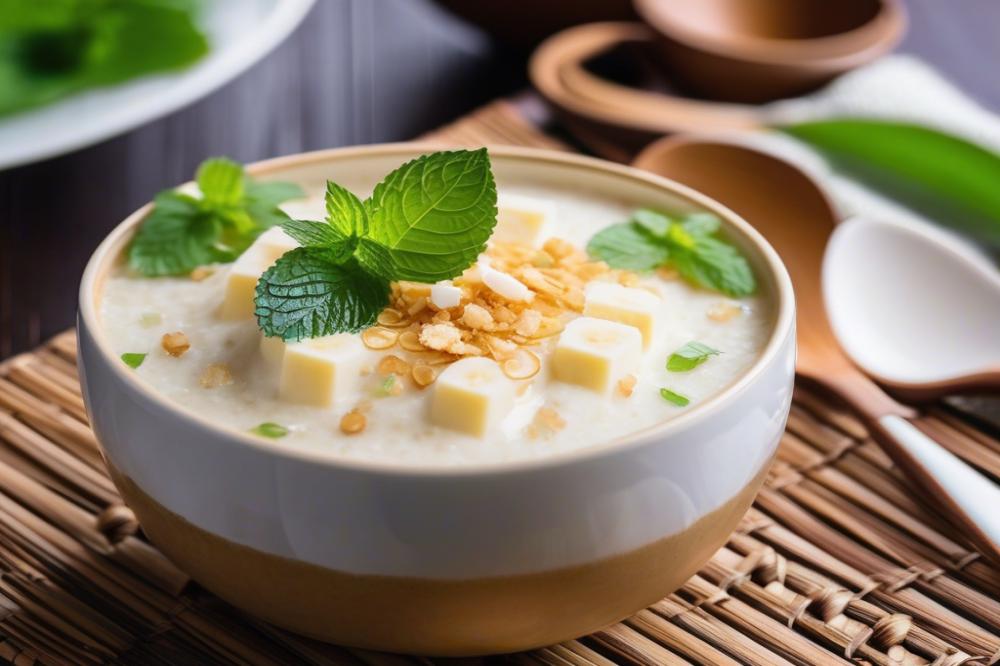
Chè Chuối holds a special place in Vietnamese culture. This dessert, made from bananas and tapioca, is more than just a sweet treat. Its roots extend deep into the traditions of the country. Families often prepare it as a symbol of togetherness.
During Vietnamese celebrations, Chè Chuối is a common dish. It graces tables during festivals and special occasions. People gather to enjoy the unique flavors, and it brings them closer. Sharing food fosters connections, and this pudding is no exception.
Bananas, a popular fruit in Vietnam, are a key ingredient in this comforting pudding. The addition of coconut milk enhances its richness. Recipes for this simple yet delicious dessert have been passed down through generations. Each family may have their twist on it, but the essence remains.
In many homes, making Chè Chuối is a cherished activity. It often becomes a fun project for families to do together. Children are taught the recipes early on. They learn about their heritage while enjoying the sweet results. These moments help to maintain culinary heritage in a rapidly changing world.
Many enjoy this delightful Asian dessert not just for its taste, but for its ability to evoke memories. Cooking Chè Chuối connects people to their past and to each other. It is an easy dessert that anyone can make with a few simple ingredients. Families continue to pass down this tradition because of its comforting nature and delightful flavor.
Variations of Chè Chuối
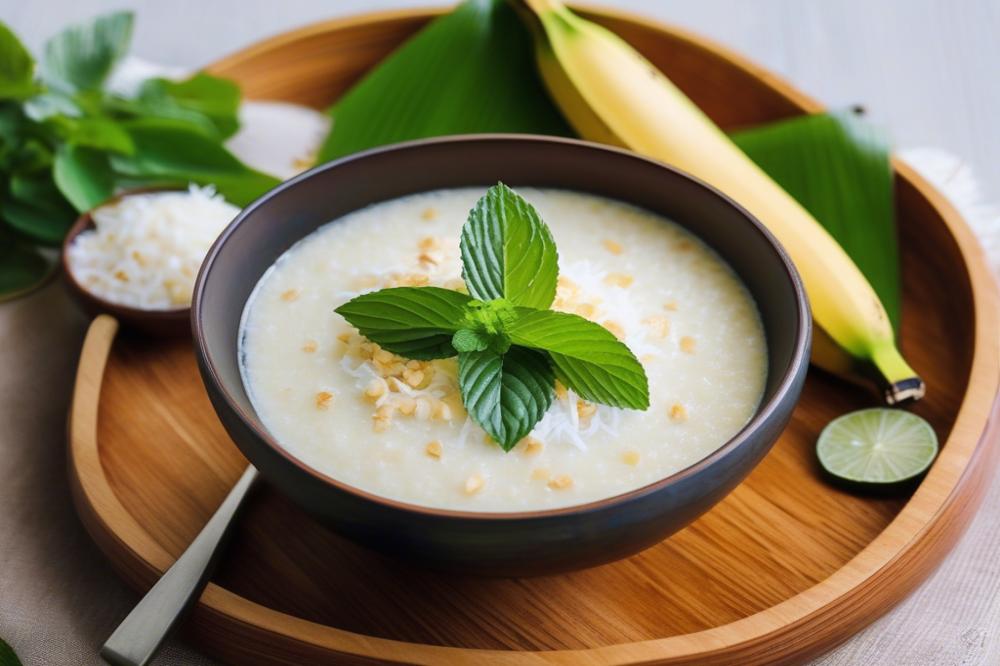
Throughout Vietnam, the recipe for this comforting pudding takes on many forms. Each region adds its own twist, resulting in an exciting array of flavors and textures. For instance, in the southern parts, you might find the addition of sweetened jackfruit. Its fruity aroma blends beautifully with the rich coconut milk, creating a delightful taste experience. Northern versions sometimes include taro for a heartier feel, making the dessert even more filling.
Ingredient substitutions can also enhance the dish. Using different types of bananas can change the flavor profile. Ripe, sweet bananas give the best results, but some may prefer slightly less ripe ones for a firmer texture. Another fun idea is to add a bit of pandan leaf. This ingredient adds a gentle green color and a fragrant note that many enjoy.
Regional preferences often reflect the local produce. In areas where certain fruits are abundant, you might see them in desserts. For example, mango or sticky rice can appear in Chè Chuối for a special touch. Additionally, during holidays, families often make this Asian dessert with various toppings. Red beans or crushed peanuts can add both taste and texture, making each serving interesting.
Seasonal variations also play a role. Certain fruits are only available at specific times of the year. Making use of seasonal ingredients can elevate this easy dessert. As the weather warms, light and refreshing components, like lychee or rambutan, become popular choices. They bring a different flair to the pudding and showcase the essence of Vietnamese cooking.
These adaptations create a rich tapestry of flavors, making each bowl of banana tapioca pudding a little different from the last. Families often pass down recipes, encouraging creativity in the kitchen. Trying out new ingredients or methods can lead to exciting discoveries. This shared love of dessert keeps the tradition alive and thriving across the country.
A Sweet Ending: Embracing Chè Chuối at Home
Creating your very own bowl of Chè Chuối can be a delightful experience. The process is not just about mixing ingredients; it’s about connecting with the rich culture of Vietnam. Making this dessert allows you to dive into the essence of Vietnamese cuisine. The aroma of sweet bananas mingling with coconut milk and tapioca brings warmth to any kitchen. Each step in the recipe reveals new flavors, creating a tapestry of taste that is simple yet extraordinary.
Sharing this delicious pudding with family and friends can turn an ordinary gathering into something special. The creamy texture combined with the soft, ripe bananas creates comfort in every spoonful. This traditional dish brings people together and sparks conversations about heritage and culinary traditions. You might even find that it becomes a staple during festive occasions or cozy nights at home.
Encouragement comes naturally when you think about the joy this does impart. Taking on the challenge of crafting your own Chè Chuối means inviting a piece of Vietnam into your life. It’s more than just a dessert; it’s a slice of culture that you get to enjoy.
So grab your ingredients and start this culinary adventure. Experience the comfort and joy that comes from making something special. You might discover a new favorite treat, right in your own kitchen.

